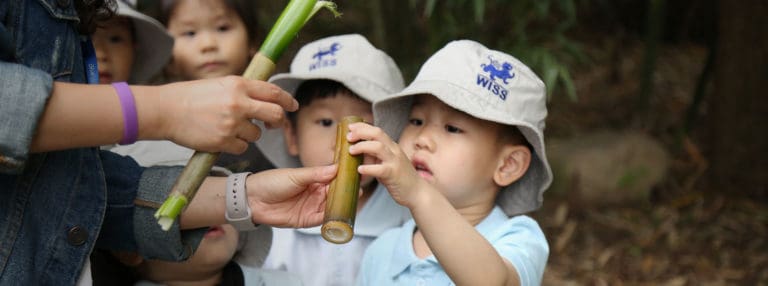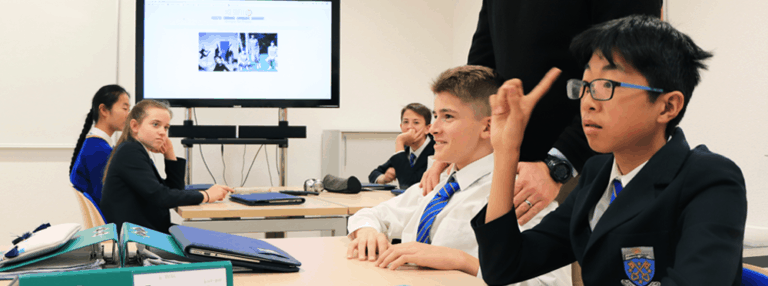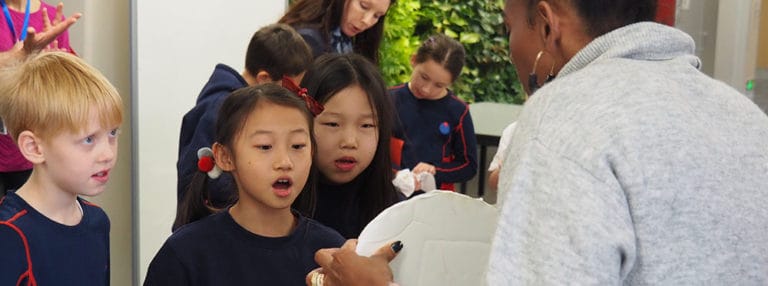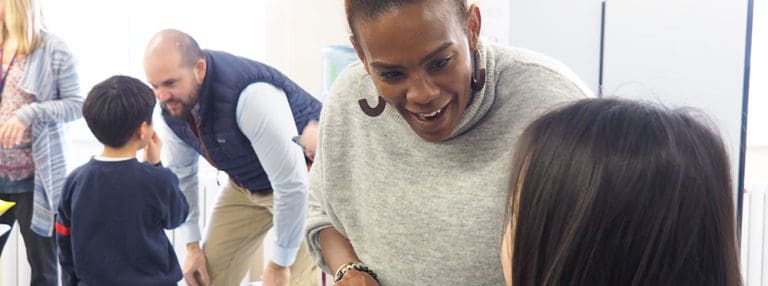Critical thinking is a term that gets thrown around quite a lot, but what exactly does it mean? Critical thinking is the ability to think clearly, objectively and rationally about what to do or what to believe, in order to solve a problem or form a judgement. It involves using things like logic, reasoning, and creativity to draw conclusions and generally understand things better. It is a conscious process which we can apply to many varied aspects of our lives, and it may just be the most important skill that the children of today will need for the future.
Being fluent in 3 languages and learning to write code is all well and good, but in today’s rapidly changing world these skills are not enough. In life, we all face situations and questions which are much more complicated than a multiple-choice test, and which often don’t have just one correct answer, and we need to give children the opportunity to tackle questions like these as early as possible. Children need to be armed with the skills necessary to make sense of the ever-changing world around them and deal with real-life situations; to make connections, make decisions, and to evaluate different perspectives. It is a necessary and highly sought-after skill in today’s modern world.
Tips to Teach Critical Thinking to Your Child
Can we teach children to be critical thinkers? Please find below some tips you can apply to help children build a foundation for critical thinking:
Use their natural curiosity
How can we encourage children to think critically from an early age? By getting them to do something that every child is already an expert at – asking questions. Children are naturally curious and begin to ask “why?” from a very early age, as you may well have noticed. The best classrooms make use of this natural curiosity to encourage and guide learning through experiences.
Get them to think
Although curiosity comes naturally, thinking is not a natural function like sleeping, walking, and talking, but rather a skill that needs to be developed.
Children learn to think when adults engage them in meaningful conversations, inspire their imaginations, and ask them questions which get them to think. In order for curiosity to turn into inquiry, today’s classrooms need to create the right environment for this, with teachers facilitating and guiding children towards learning. Asking questions should not only be accepted but encouraged.
Use inquiry-based learning
Learning should move beyond the “what” and examine the “how” and the “why”. In doing this, rather than just learning facts, children are encouraged to really think and reflect on the subject. Research suggests that this kind of inquiry-based learning promotes increased creativity and better problem-solving skills, making children more actively engaged in their learning (Conezio & French, 2002).
Encourage them to analyse their world
There are many varied ways to teach and promote critical thinking skills, beginning in early childhood education and continuing through to secondary school, and helping to prepare students for the autonomy and responsibility of the university environment. Teachers and parents alike can encourage children to critically analyse the world around them and develop a positive relationship with information that will serve them well in our information-saturated world.
At Amity International School Amsterdam, we encourage our students to start their critical thinking journey from the moment they walk in. As part of our curriculum we try to create an atmosphere where children can be inquisitive and challenge their intellectual curiosity. Our teachers stimulate this by asking students lots of questions, by incorporating different points of view in their explanations and by encouraging students to work on group projects to stimulate discussions and inspire creativity. As a result, our students are curious, and confident in their own ability to solve real life problems, key attributes they will need in the future.
Conezio, K., & French, L. (2002). Science in the preschool classroom: Capitalizing on children’s fascination with the everyday world to foster language and literacy development. Young Children, 57(5), 12–18.





